The Peugeot 208 Hybrid FE, a working concept car built by the manufacturer’s former Le Mans prototype race team and which can manage a fully verified 0-62mph in 8.0sec, has been revealed at the Frankfurt motor show.
The car can also put out 141.2mpg while emitting just 49g/km of CO2. All this is achieved without the aid of plug-in technology, which typically distorts efficiency tests.
The idea for the concept, which showcases numerous fuel-saving technologies, was born when the race team was disbanded at the start of last year. With a sponsorship deal with oil giant Total still in place, the partners looked for new ways to publicise their technical know-how.
“The key to any project had to be that it was relevant and realistic in terms of targets and developments,” said project leader Christophe Mary. “We are working on so many areas to save fuel but this car had to bring them together, to show what was possible with some synergies.”
Starting just over a year ago with a base Peugeot 208 Access powered by the firm’s 68bhp 1.0-litre VTi petrol engine, the team set the target of halving the current best fuel consumption for a 208 without compromising in-car space or driving pleasure. The standard 208 in this form achieves 65.6mpg and emits 99g/km of CO2, and hits 62mph in 14.0sec.
Peugeot estimates that the weight saving, aerodynamic modifications and low-resistance tyres saved around 20g/km of CO2, the hybrid system a further 20g/km and the engine and gearbox changes 10g/km. Similarly, the weight saving, aerodynamics and tyres cut an estimated 4.0sec from the 0-62mph time, and the hybrid system a further 2.0sec.
“The car is a concept, but it has been built not only to show what’s possible, but also to explore what technologies are ready for production,” said Mary. “We are showing the car to create discussions, gauge attitudes and to push partners to contribute new ideas.”
Initially, two 208 Hybrid FEs will be built for evaluation, with one on display at next month’s Frankfurt motor show. All performance claims have already been verified by the official test body in France.
The ten key Peugeot 208 FE concept modifications
1. The FE is 25 per cent more aerodynamic than the standard production 208, without the passenger or boot space being compromised. Any body parts that disrupted airflow have been modified. The front grille allows more air in, meaning it can be smaller. The bespoke, low-resistance Michelin tyres are tall and thin to aid aero, the 19-inch wheels’ spokes are filled in by aerodynamic flaps, and the door mirrors are replaced by rear-facing cameras.

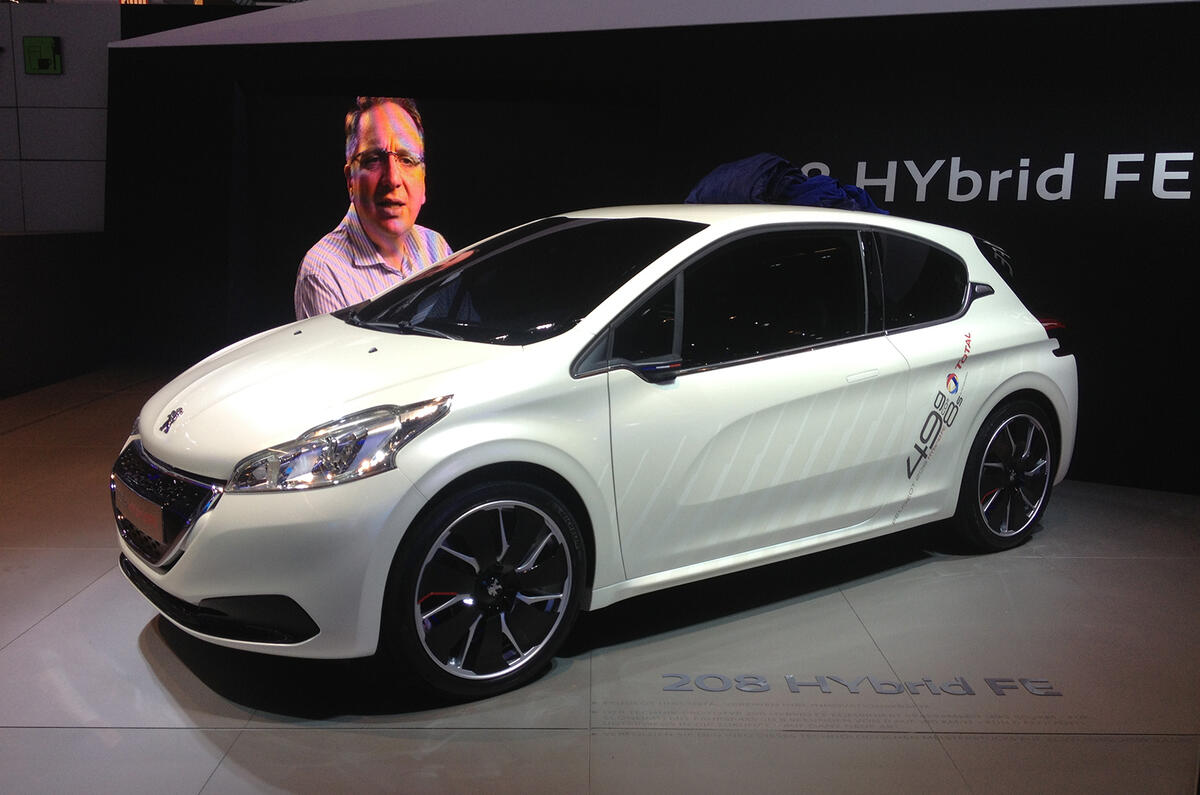
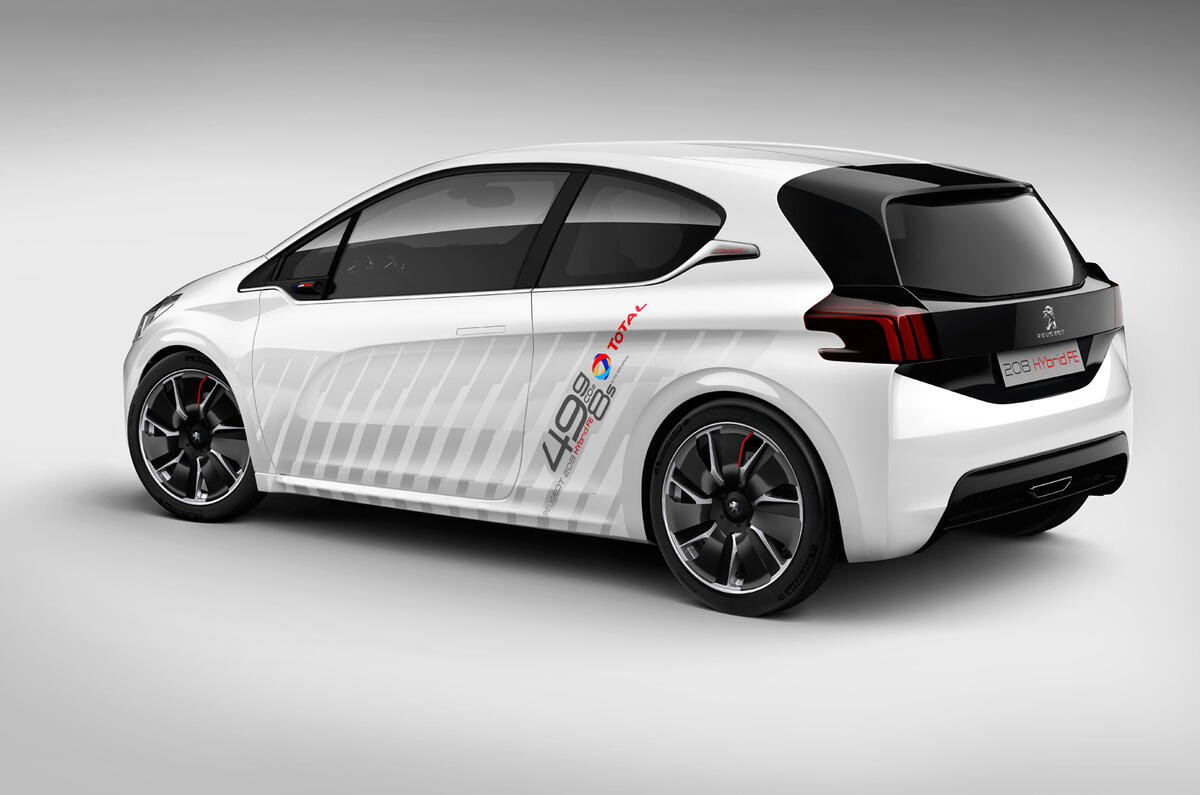
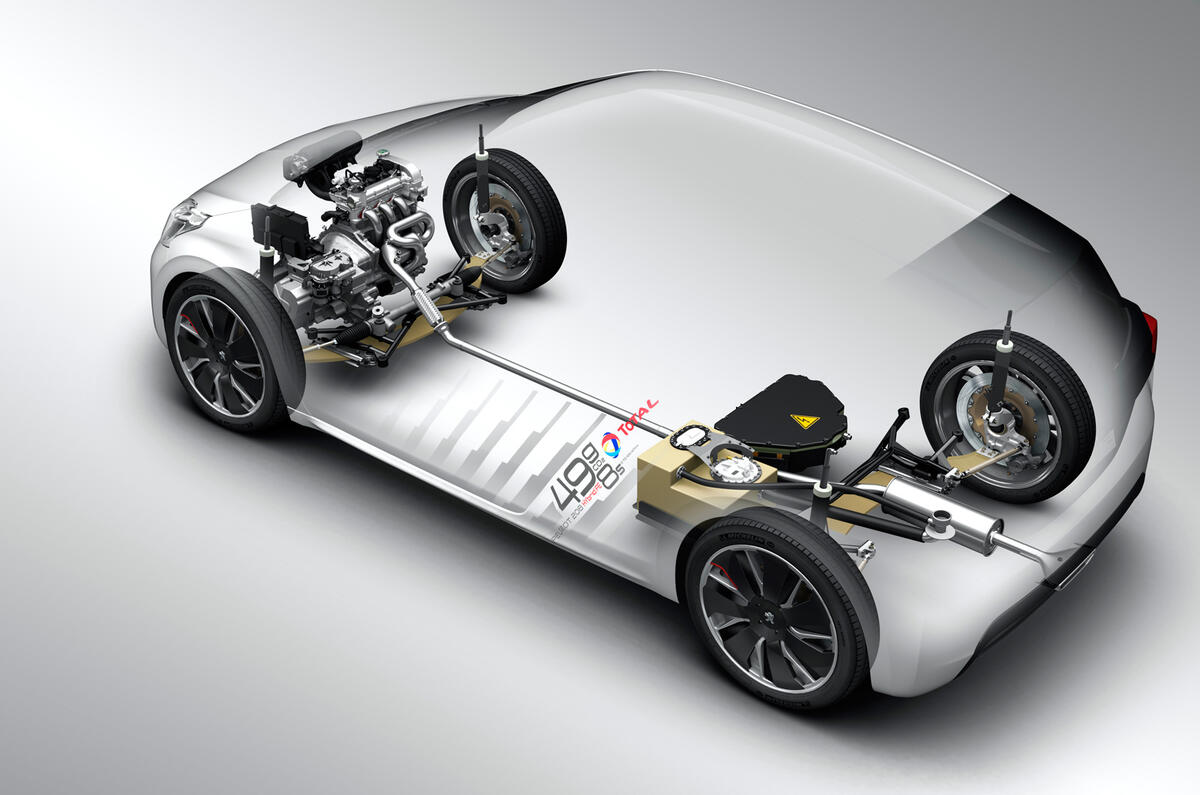
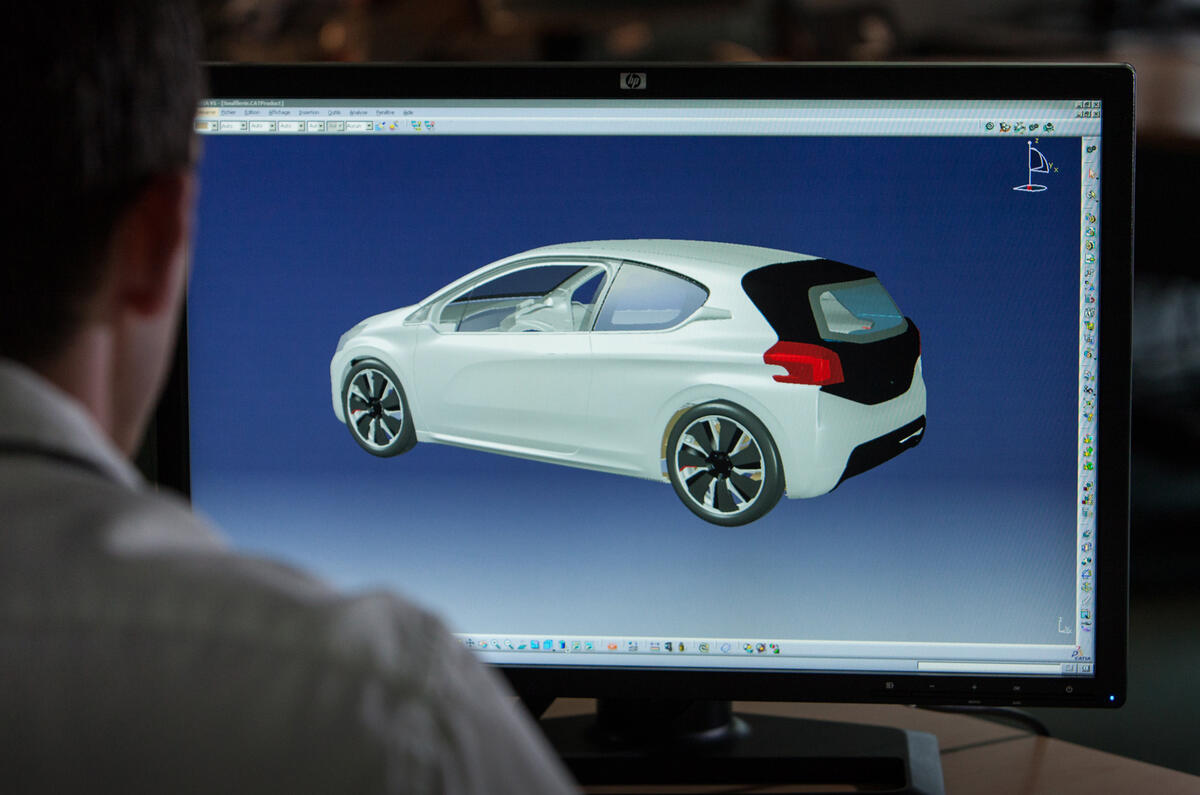
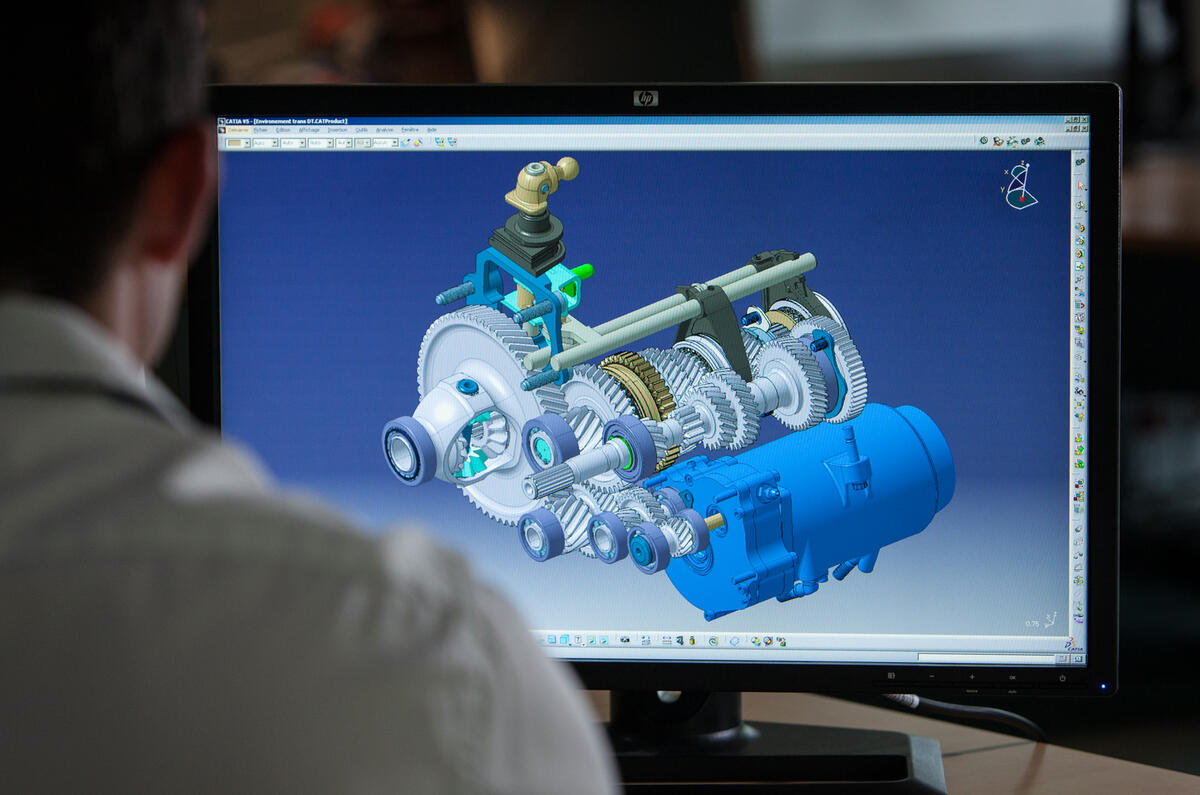
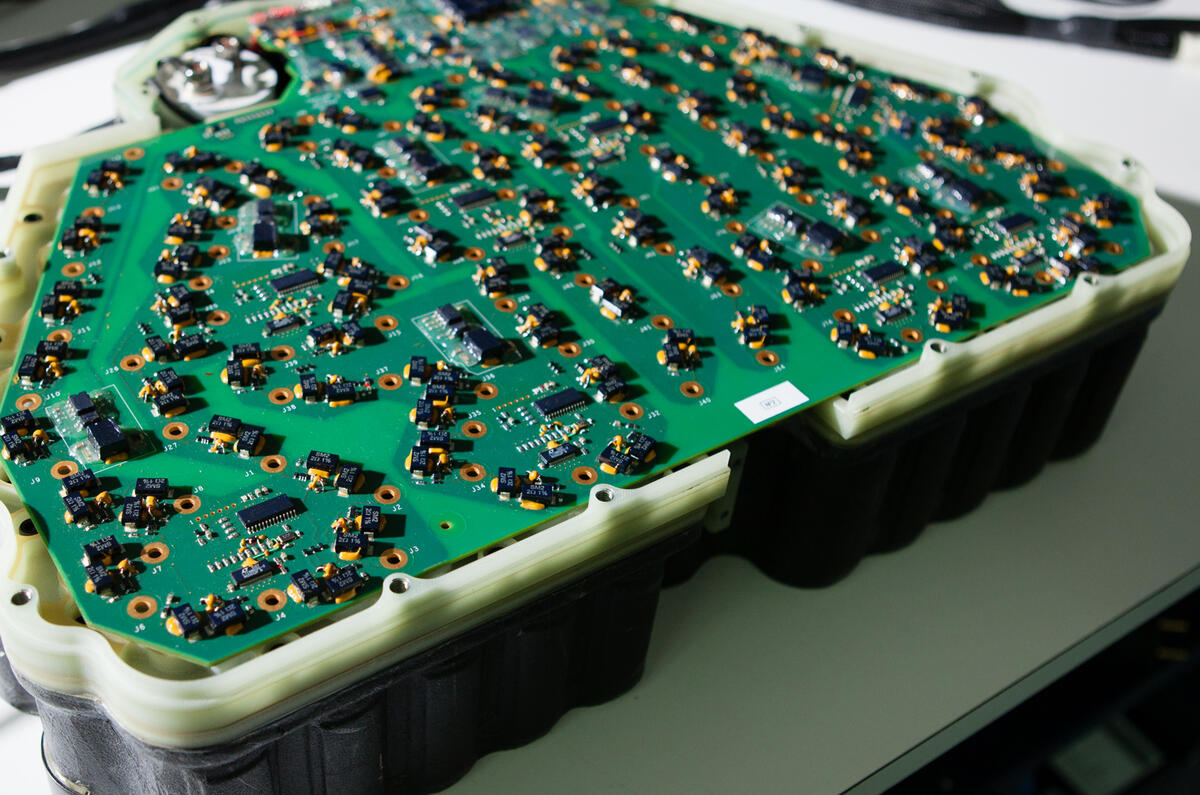
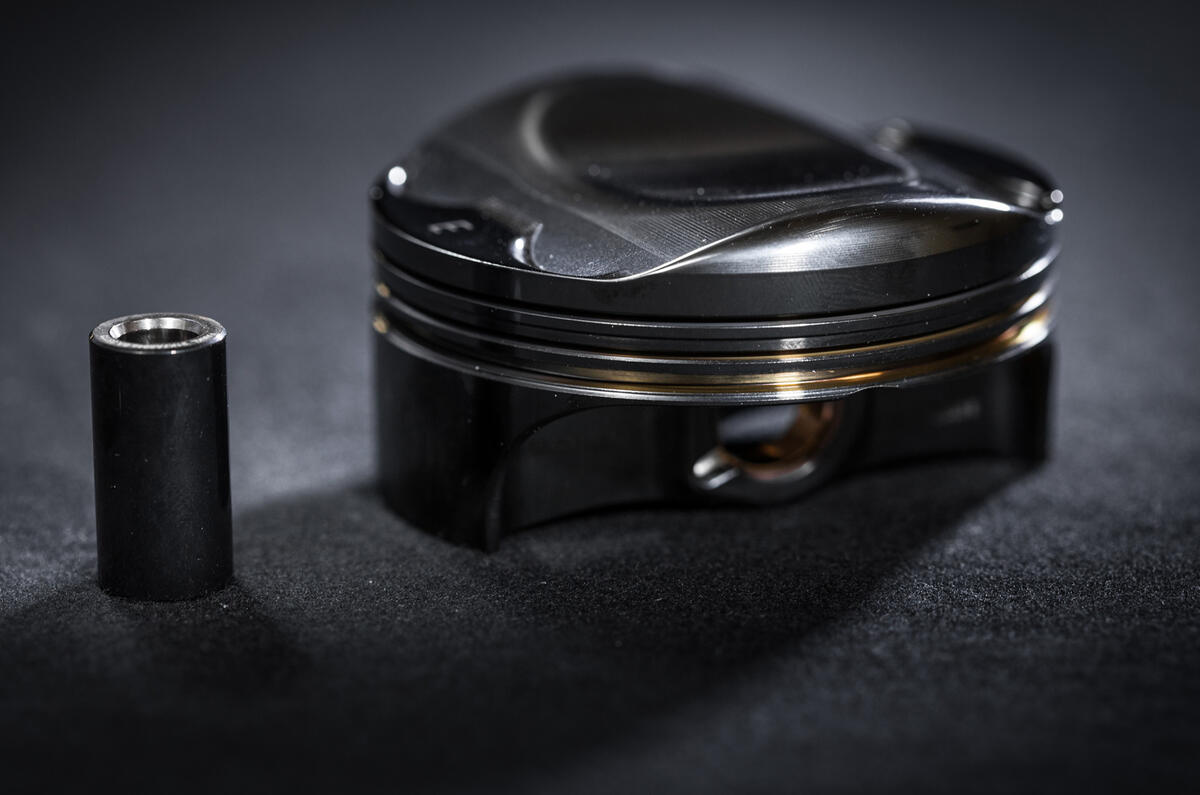
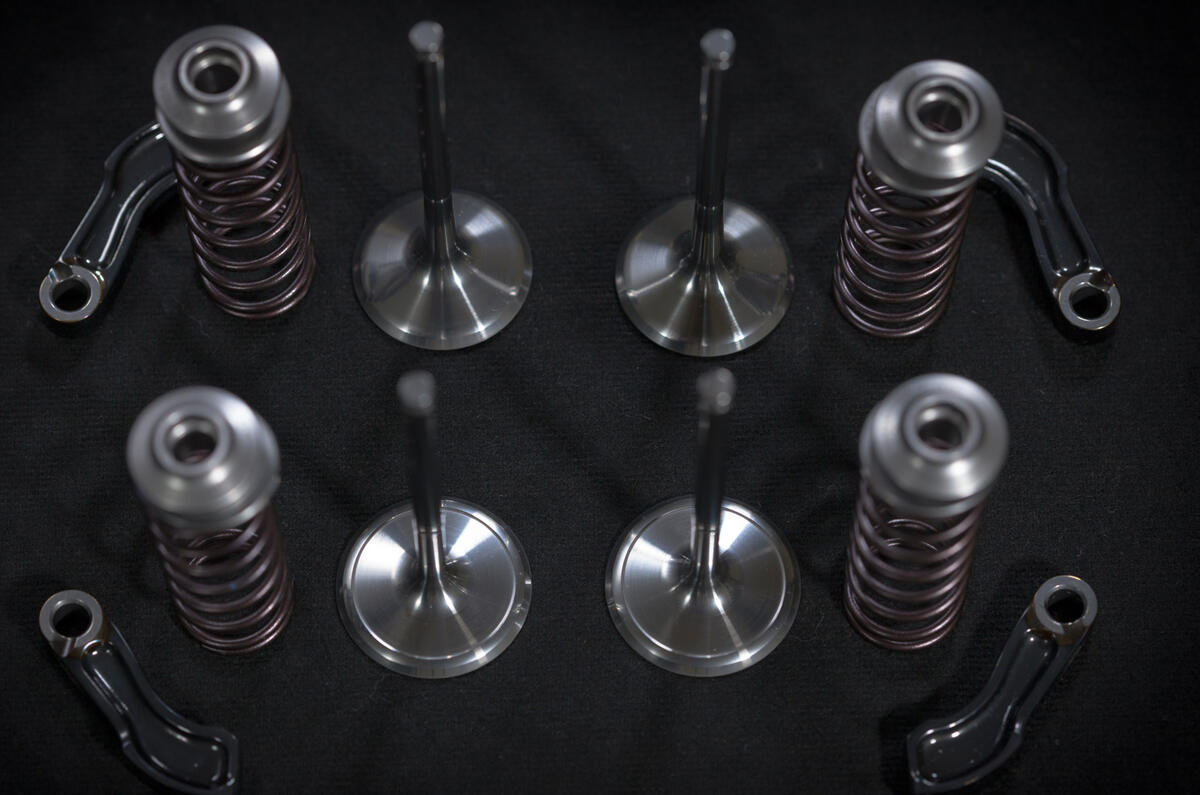
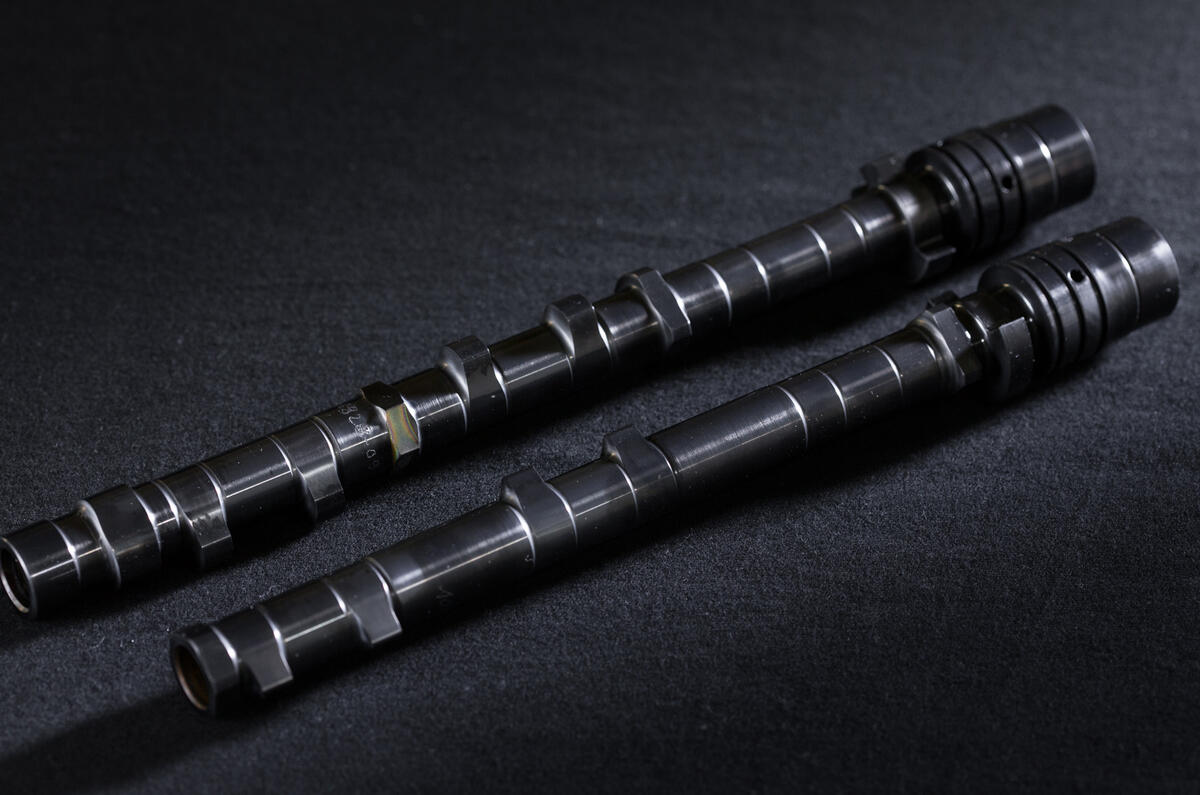
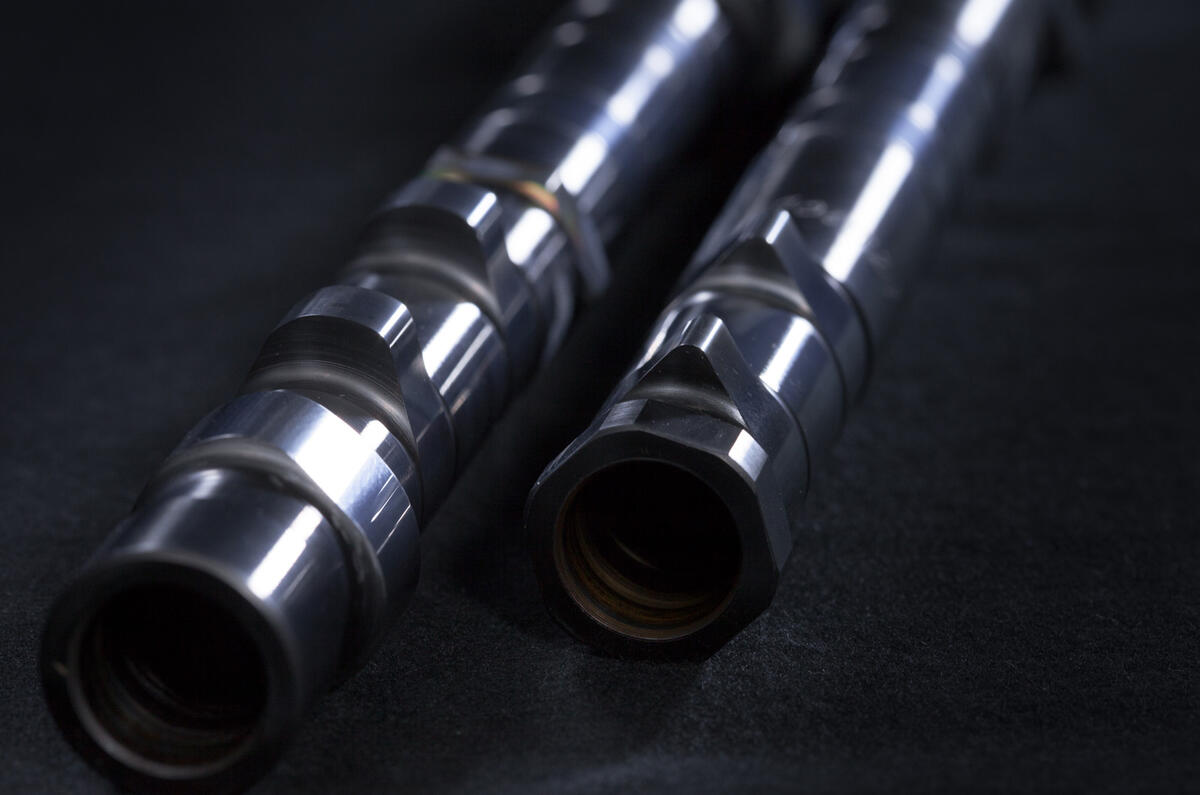


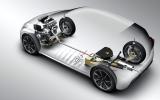


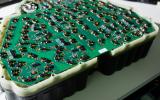
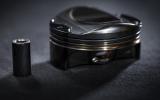
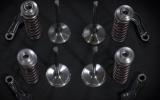
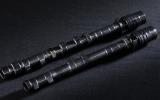
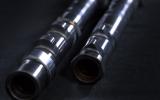



Join the debate
Add your comment
Peugeot and hybrid tech
There is merit in a supermini that emits only 49g/km no matter what methods are applied - weight saving or electric motors.
Peugeot gave us the world's first diesel hybrid. Then there was talk of air-hybrid tech. I'm interested to find out about that.
Very Interesting
This is how manufacturers get my attention - interesting engineering solutions. Peugeot have begun to turn out some respectable cars in the last couple of years, if they build on that with clever engineering it will do no end of good to their brand reputation.
Altogether these ideas would be prohibitively expensive, but if they tweaked a standard 208 to include the some of the aerodynamic , weight and frictional improvements, they could have a very impressive little car on their hands
There are some great ideas in
There are some great ideas in that list, like the electric reverse, but also many things that just seem like good sense, and i assume are generally not done because of cost. It would be interesting to know how much the different savings they made would add to the cost of a car.
I also worry that making the rear axle so much narrower will have a very bad effect on handling